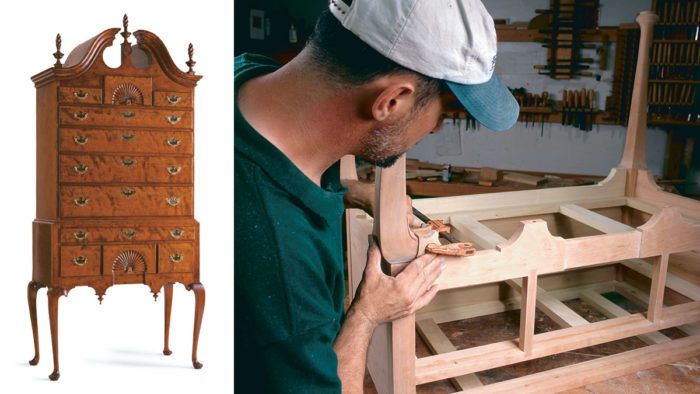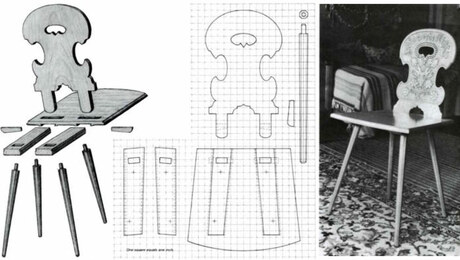
In the late 1980s, I found myself among the crowded bookshelves and narrow aisles of what was at the time Salt Lake City’s most iconic bookstore, the Cosmic Aeroplane. An English literature student at the University of Utah, I was deeply moved by the American transcendentalist movement and was looking for a few titles to purchase and read. Out of the corner of my eye, I spotted Fine Woodworking magazine on the shelf and made my first purchase.
The pages of Fine Woodworking instantly captured my imagination. For years, I had built skateboards and snowboards, but I lacked formal woodworking experience or training beyond a high school shop class. Recently married, I spent many nights and weekends in my grandfather’s basement building furniture for our apartment. Fine Woodworking guided my development as a craftsman as I devoured the magazine each time it arrived, purchased back issues, and organized my collection, which I still refer to today. It’s difficult for me to pinpoint the most impactful articles because so many influenced my work over the years. There are, however, a few that stand out.
For the first several years of my woodworking vocation, I worked primarily with machine tools, but I always had a yearning to incorporate hand tools into my work. I had never cut a dovetail when the February 1996 issue arrived. “Cutting Through Dovetails – Pins or tails first: a case for each” caught my attention. After reading this article and spending hours and hours practicing, I learned to hand cut dovetails quickly and accurately. What’s more, I became an avid proponent of the tails-first method.
About the same time, I pulled out a 10-year-old issue of Fine Woodworking and became fascinated with the appeal of building my own hand tools. I didn’t have deep pockets but I wanted high-quality tools. I came across “Tools for the Making – Recapturing yesterday’s standards.” A light went off in my head: I could make my own. I spent the next 15 years devoting every spare moment to making hand tools. In the process, I learned the mechanics, materials, and aesthetics of fine hand tools.
The late 1990s were formative years for me in the craft. Large and challenging commissions were coming my way and I often felt intimidated by the prospect of tackling such ambitious work. I found inspiration in a rare three-part article series that started in the April 1996 issue. “Curly Cherry Highboy, Combining hand and machine techniques to produce an American furniture classic” taught me how to conceptualize and organize large and complicated furniture projects. Although my intent was never to build a highboy, I learned an important lesson. If you look at a finished piece, it can be overwhelming, but if you break it down into a series of manageable building blocks and work one day at a time, you can create awe-inspiring furniture.
Thanks to Fine Woodworking I’ve been able to learn a craft, make a living doing what I’m passionate about, and pass it along to the next generation. I hope you enjoy these articles as well.
Chris Gochnour
Contributing Editor, Fine Woodworking
 |
Cutting Through DovetailsPins or tails first: a case for each Vincent Laurence Issue 116, Jan/Feb 1996; pp. 81-86 |
 |
Tools for MakingRecapturing yesterday’s standards Irving Sloane Issue 63, Mar/Apr 1987; pp. 84-85 |
 |
Curly Cherry HighboyCombining hand and machine techniques to produce an American furniture classic Randall O’Donnell Issue 117, April 1996; pp. 80-85 |



















Log in or create an account to post a comment.
Sign up Log in